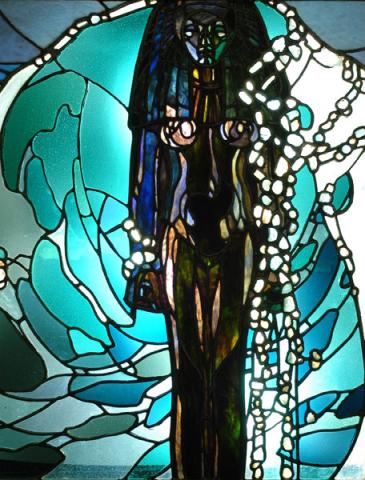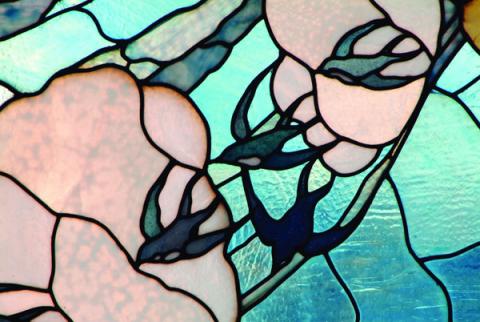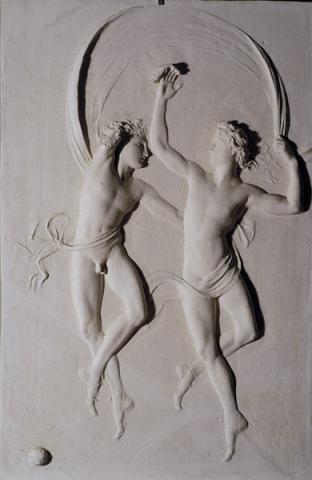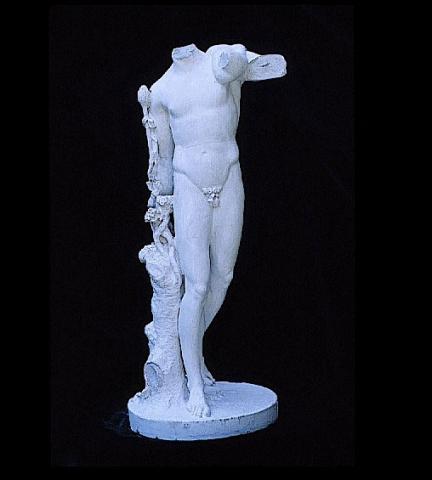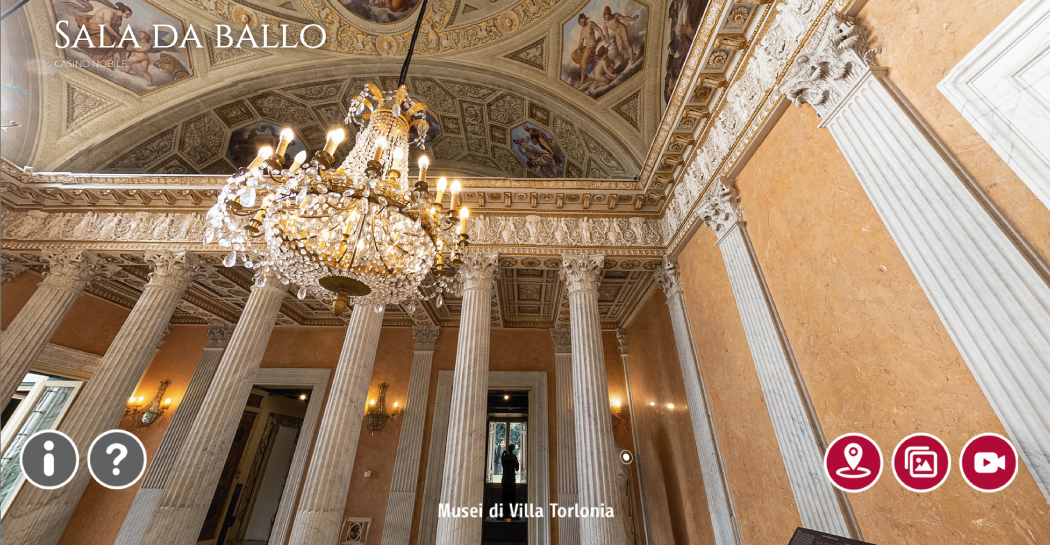The restoration works
After being acquired by the Municipality of Rome in 1978, the complex was handed over to the Sovrintendenza Capitolina in a serious state of disrepair and abandonment: the roofs had collapsed, the polychrome glass had been largely lost, as had all the furnishings.
The situation deteriorated further in the following years, marked by numerous acts of vandalism and adverse climatic events such as the severe tornado of 2008.
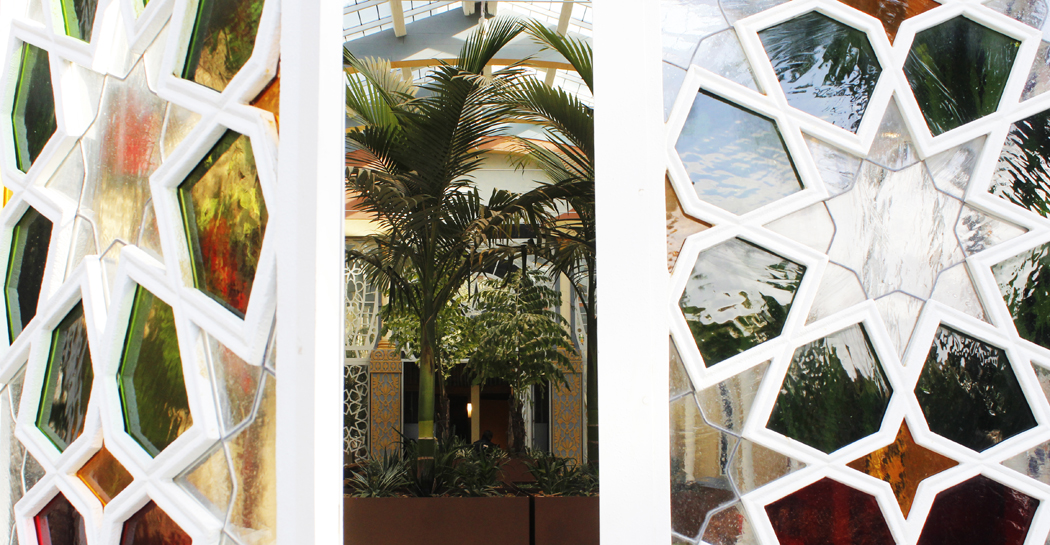
Finally, in 2007, it was possible to start the first phase of restoration, aimed at faithfully recovering the original layout of the entire complex, reconstructed on the basis of documents and images from the period and on the analysis of what had survived, which involved both the structural and decorative parts. The second phase, which began in September 1921, was aimed at the implementation of functional interventions for public use, and at setting it up as an exhibition space for a selection of "exotic" plants, inserted on the basis of Jappelli's original project.
Among the most challenging works were the recovery of the large coloured glass windows within large cast-iron frames, of which only a few fragments had been preserved, and the reconstruction of the tower dome, which had been completely destroyed, both of which were skilfully reconstructed by highly specialised craftsmen after lengthy study and analysis.
On the other hand, it was not possible to complete the reconstruction of some parts of the complex without reliable documentation: this is the case of the Torre Moresca self-propelled table, the housings of which are still clearly visible, and the Artificial Cave, the size of which can be guessed from the hooking inserts on the surrounding walls and from some rock spurs, consolidated and highlighted by the play of light proposed in the exhibition.


























